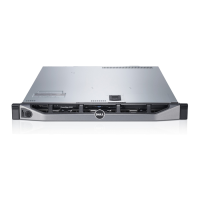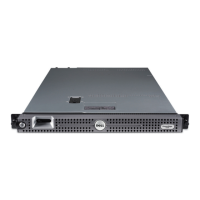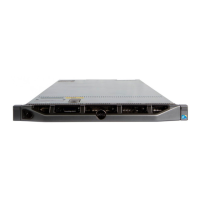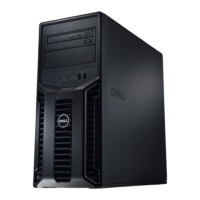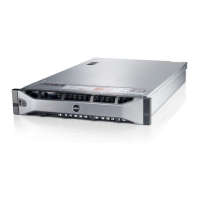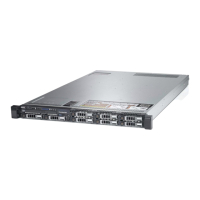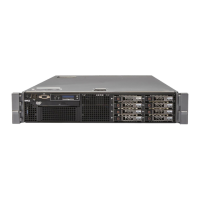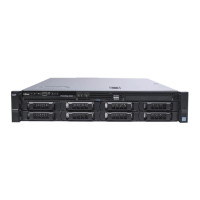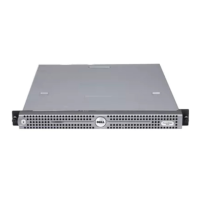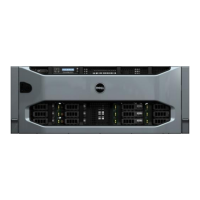Figure 72. Removing and installing a heat sink
1. captive screw (4) 2. heat sink
3. processor socket 4. slot (4)
Next steps
1. If you are removing only a faulty heat sink, install the replacement heat sink, if not, remove the processor.
2. Follow the procedure listed in the After working inside your system section.
Related links
Removing the cooling shroud
Installing the processor
Installing the cooling shroud
Installing the heat sink
Removing the processor
Prerequisites
CAUTION: Many repairs may only be done by a certied service technician. You should only perform troubleshooting and
simple repairs as authorized in your product documentation, or as directed by the online or telephone service and support
team. Damage due to servicing that is not authorized by Dell is not covered by your warranty. Read and follow the safety
instructions that are shipped with your product.
NOTE: This is a Field Replaceable Unit (FRU). Removal and installation procedures should be performed only by Dell
certied service technicians.
1. Follow the safety guidelines listed in the Safety instructions section.
2. If you are upgrading your system, download the latest system BIOS version from Dell.com/support and follow the instructions
included in the compressed download le to install the update on your system.
NOTE: You can update the system BIOS by using the Dell Lifecycle Controller.
3. Follow the procedure listed in the Before working inside your system section.
4. Remove the cooling shroud.
5. Remove the heat sink.
6. Keep the Phillips #2 screwdriver ready.
WARNING: The processor will be hot to touch for some time after the system has been powered down. Allow the
processor to cool before removing it.
110
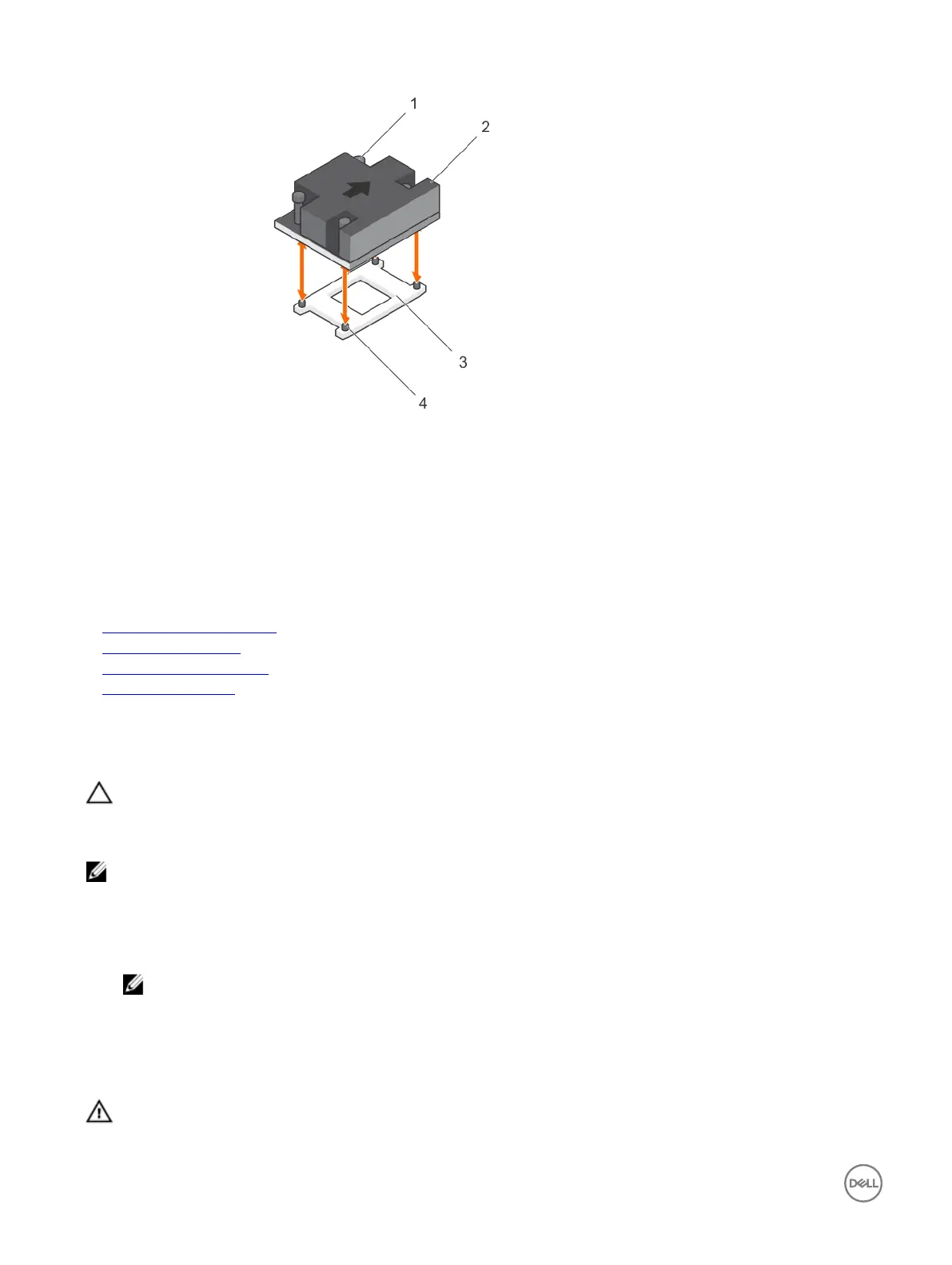